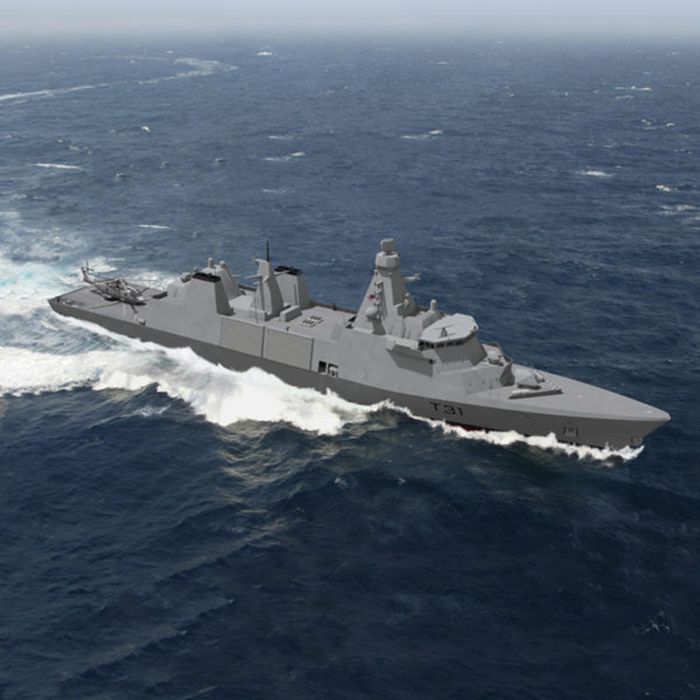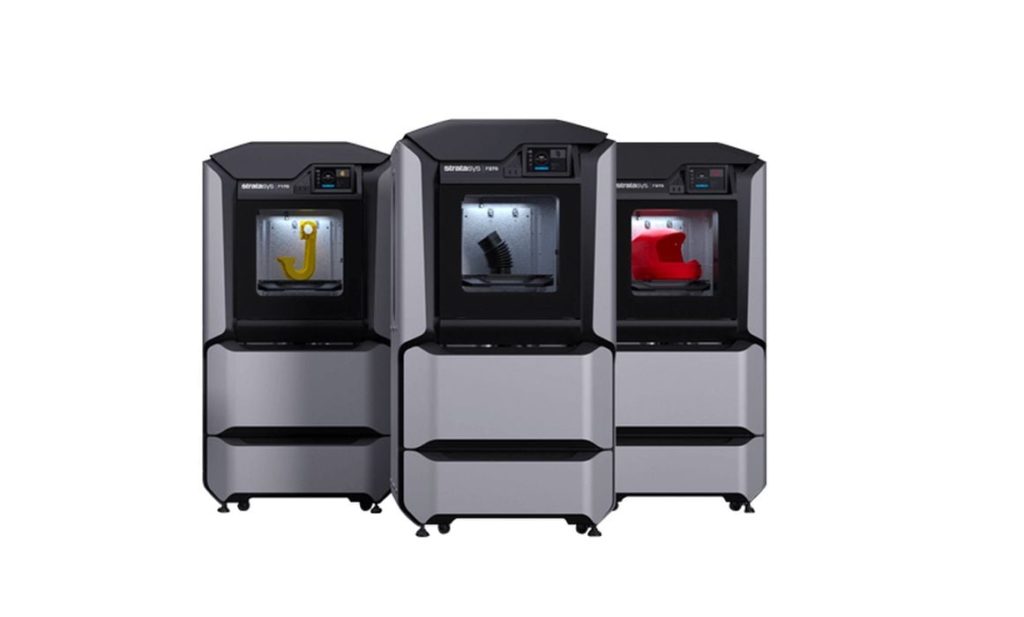
Charles R. Goulding looks at recent defense spending changes in the UK and how that may affect use of 3D printing.
The UK has the largest European defense budget after the U.S. NATO contribution. Confronting Russian aggression, the UK has reversed course and provided large increases in annual military spending.
The US$22B in increased funding is earmarked for shipping, space, cyber and technology research. One of the biggest specific allocations is to 8 Type 26 and 5 Type 31 frigates which are being built in Scotland. 3D printing for shipping has been a major global growth area and Scotland is particularly strong in 3D printing technology.
We wrote a Fabbaloo article on how Boeing is using Scotland for its 3D printing supply chain. Prime Minister Boris Johnson is also committed to building a Type 32 research frigate incorporating advanced technologies. Some of the frigates are being built by BAE in Glasgow, Scotland, a company that has deep 3D printing expertise.
BAE has an additive collaboration with Renishaw and a partnership with Stratasys.

We have written about the recent Australian submarine contract as well as the $9.5 billion Columbia submarine contract in 2020. We have covered the redistribution of aerospace suppliers to submarines in terms of converting Boeing supply chains to Electric Boat submarines.
There are many ways that 3D printing can play a part in this large UK defense budget. Whether it is for naval components for equipment, submarines, or ships either prototypes or even replacement parts there is room for 3D printing to grow in this area.
The Research & Development Tax Credit
The now permanent Research and Development (R&D) Tax Credit is available for companies developing new or improved products, processes and/or software.
3D printing can help boost a company’s R&D Tax Credits. Wages for technical employees creating, testing, and revising 3D printed prototypes can be included as a percentage of eligible time spent for the R&D Tax Credit. Similarly, when used as a method of improving a process, time spent integrating 3D printing hardware and software counts as an eligible activity. Lastly, when used for modeling and preproduction, the costs of filaments consumed during the development process may also be recovered.
Whether it is used for creating and testing prototypes or for final production, 3D printing is a great indicator that R&D Credit eligible activities are taking place. Companies implementing this technology at any point should consider taking advantage of R&D Tax Credits.
Conclusion
The UK is famous for its long-standing naval expertise. Modernization is a new development and 3D printing technologies are going to be an integral part of this process.
